Style
Getting to know the Watch Terminology
Watches have been a staple accessory for centuries, and with the rise of advanced technologies, they’ve become more versatile and sophisticated than ever before. However, with all the different types of watches available, it can be overwhelming to navigate all the different terminology used to describe them. In this blog post, we’ll take a look at some of the most common terms you’ll come across when shopping for or discussing watches, so you’ll be better equipped to make an informed decision about your next timepiece.
Movement:
This refers to the mechanism that powers a watch and keeps time. There are two main types of movements: quartz, and automatic. A quartz movement uses a battery-powered oscillator to keep time like the Fossil FS5276, while an automatic movement is a mechanical movement that is wound by the motion of the wearer’s wrist, rather than having to be wound manually. Example of an automatic movement can be the Fossil BQ2571.


Case:
The case is the metal or plastic housing that protects the movement and other components of a watch. The case can be made of a variety of materials and metals, including stainless steel, gold, titanium. The Gucci YA101201 watch has a case that’s made entirely of stainless steel, while the Tommy Hilfiger 1791322 uses a plastic case. Some watches also have a protective layer of mineral or sapphire crystal on the face to protect the watch from scratches.


Dial:
The dial is the part of a watch that displays the time. Dials can come in a variety of styles and colors, and can feature markers, numbers, or other indicators to help the wearer read the time. Traditionally, dials have been very simple and minimal like the one in Movado watches. Yet, some watches also have multiple dials to display additional information, such as the date or the day of the week, like the one in Hugo Boss 1513841 watch.


These are just a few of the many terms you might encounter when shopping for or discussing watches. By understanding these terms, you’ll be better equipped to choose a watch that meets your needs and preferences.


